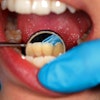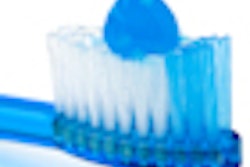Current human exposure to bisphenol A (BPA), a chemical used in some dental sealants and restorations, is of "some concern," the National Toxicology Program (NTP) reported Friday. However, very little of the exposure comes from dental materials, the agency concluded.
"Dental sealant exposure to bisphenol A occurs primarily with use of the dental sealant bisphenol A dimethylacylate," the report states. "This exposure is considered an acute and infrequent event with little relevance to estimating general population exposures."
The greatest exposure to BPA is from food containers, concluded the NTP, an agency of the U.S. National Institutes of Health. The report is part of a lengthy review of the scientific literature on BPA, and takes into consideration public and peer review comments received on an earlier draft report, according to an agency press release.
"There remains considerable uncertainty whether the changes seen in the animal studies are directly applicable to humans, and whether they would result in clear adverse health effects," NTP Associate Director John Bucher, Ph.D., stated in the press release. "But we have concluded that the possibility that BPA may affect human development cannot be dismissed."
Last month, FDA released a "Draft Assessment of Bisphenol A for Use in Food Contact Applications" for peer review and public comment. The FDA will hold a public meeting of its BPA subcommittee of the FDA Science Board on September 16 to discuss this FDA draft assessment.



















